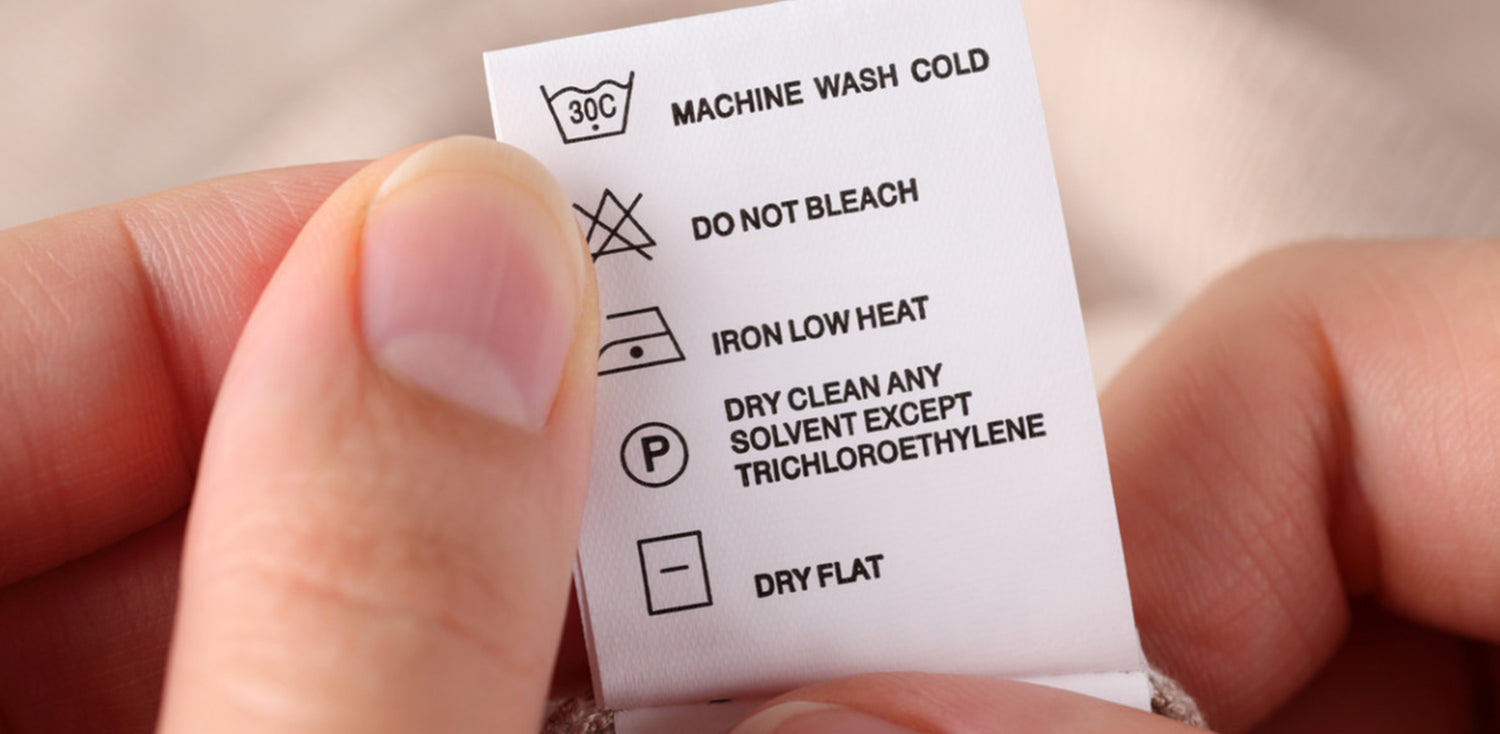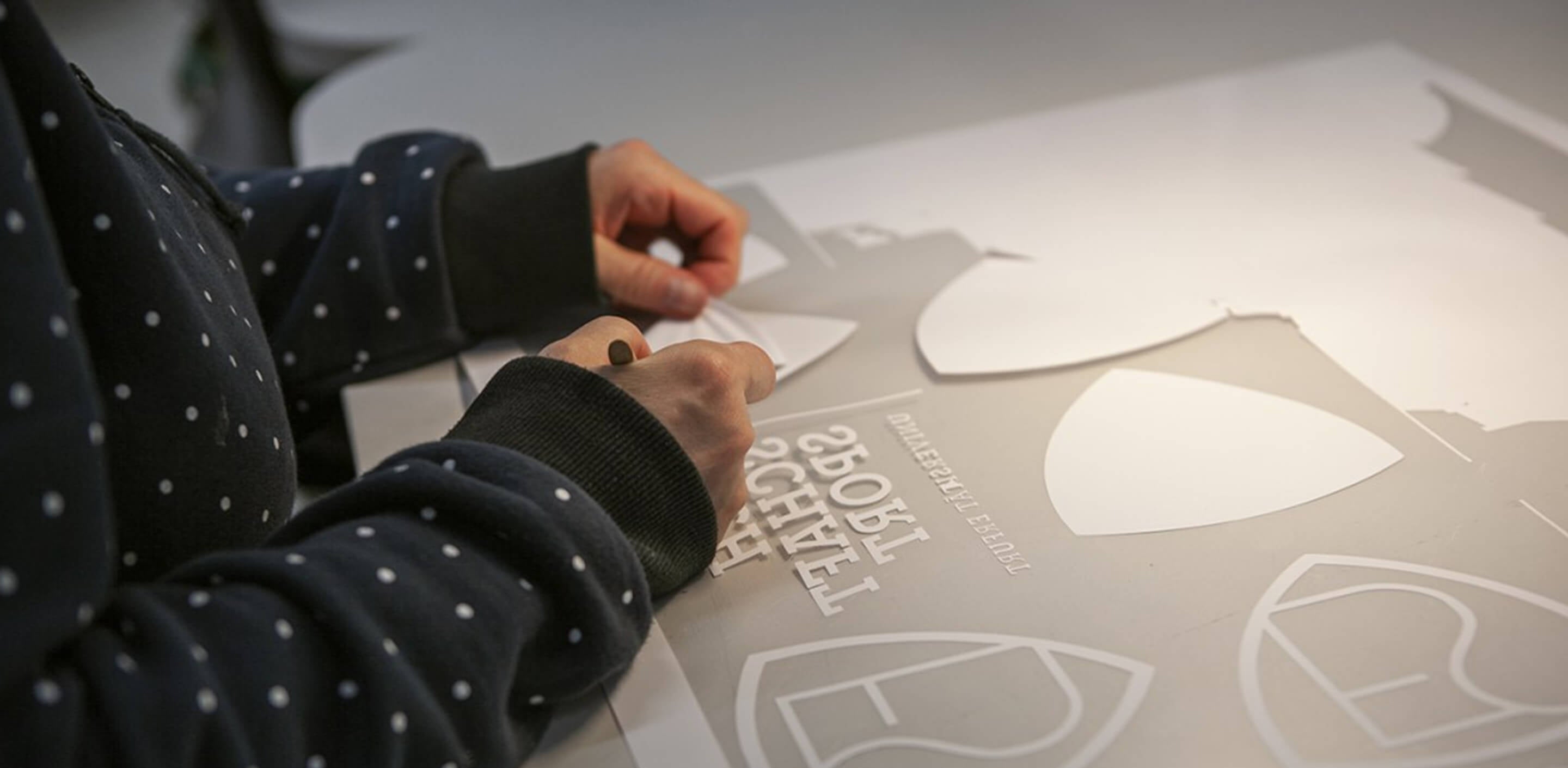An image can be worth a thousand words but sometimes it might be much more confusing. That becomes extra typical when there are many laundry symbols on your clothing. What are the circles, squares, and triangles on it? Why should we care about them?
Cleaning your attire properly is key to being fresh and appearing at your best. Sometimes not knowing their proper washing care steps can be disastrous.
Several fabric manufacturers suggest the most conservative methods for cleaning in order to reduce the risk of damage. For example, a fabric with the label ‘dry clean only’ will be perfectly safe for hand washing, hence you shouldn’t follow the instructions rigorously.
However, you shouldn’t avoid it completely. There’s often a risk of fabric shrinking, fading, or getting damaged if you mistreat them.
So, let’s get to it and learn about different washing symbols.
Bleaching
The symbol triangle tells everything you need to know about bleaching fabric. Here’s how you can decipher symbols-
- A clear triangle denotes that you can use any type of bleach.
- The triangle with two slanted lines within the figure symbolizes the application of non-chlorine bleach or oxygen-based bleach.
- If the triangle has a X over it, this means ‘Do not bleach’ the fabric.
Hand-Washing
If there’s a symbol with a hand reaching to a tub, that means your fabric must be hand-washed only. Remember fabrics with such signs must be washed by hand at 40 degrees or below.
It is said that hand washing is best suited for textiles like silk or cashmere as it provides gentle washing while preventing snagging or shrinking.
Machine Washing
The washing machine symbol provides step-by-step guidance for both conventional and high-efficiency washers. If the garment can be washed in a machine, it will include a symbol, such as a series of dots or a number, that indicates the safest washing temperature.
- Since degrees Celsius are used, a temperature of 30 denotes a cold water wash, 40 suggests a warm water wash, and 50 suggests a hot water wash.
- The number of dots within the washtub corresponds to the temperature of the water. The higher the dot count (up to a maximum of six) the hotter it is.
The clothes should be cleaned according to the lines drawn under the washing machine.
- Zero-line: Usual washing routine
- One-line: Continual printing cycle
- Two lines: Gentle cycle
Remember, the more lines you see under the bathtub, the more careful you should be. Finally, leave the washing machine alone if your bathtub has an X in it. "Do not wash" is what this phrase translates to.
Drying
The symbol where the circle is encompassed with a square indicates that the fabric will be dried using a dryer.
This is crucial since overusing your clothes dryer may create excessive energy costs and is one of the most common ways to ruin your delicate clothes.
The dots represent the relative degrees of heat.
- For low heat, use only one dot.
- Two dots indicate a moderate level of heat.
- When there are three dots, a lot of heat is needed.
- If the indication is crossed out, it means the item should not be dried in a dryer.
Ironing
You may not give much thought to ironing out wrinkles anymore, what with all the wrinkle-free clothing options out there. Unfortunately, there will come a time when you need to iron your clothes. It's hard to imagine a more straightforward laundry emblem than the iron. Similar to drying, the greater the number of dots, the higher the permitted temperature.
- One dot: Pleasant
- Two dots: Warm Ironing
- It's a three-dot signal of extreme heat.
- Not ironing at all is what the X means.
FAQ
What information is on a clothing tag?
Details such as fiber content, manufacturer, care instructions, and country of origin are mentioned on the clothing tag.
How can you tell how old clothes are by the tag?
The most blatant indicator is the presence of a Copyright label on the item of clothing in question. You may use this date to figure out whether the fabric was created in the year shown on the label, or some years before or later.
We also happen to be a magnet for suggestions, and would love to catch yours….throw us yours on hello@fabriclore.com




